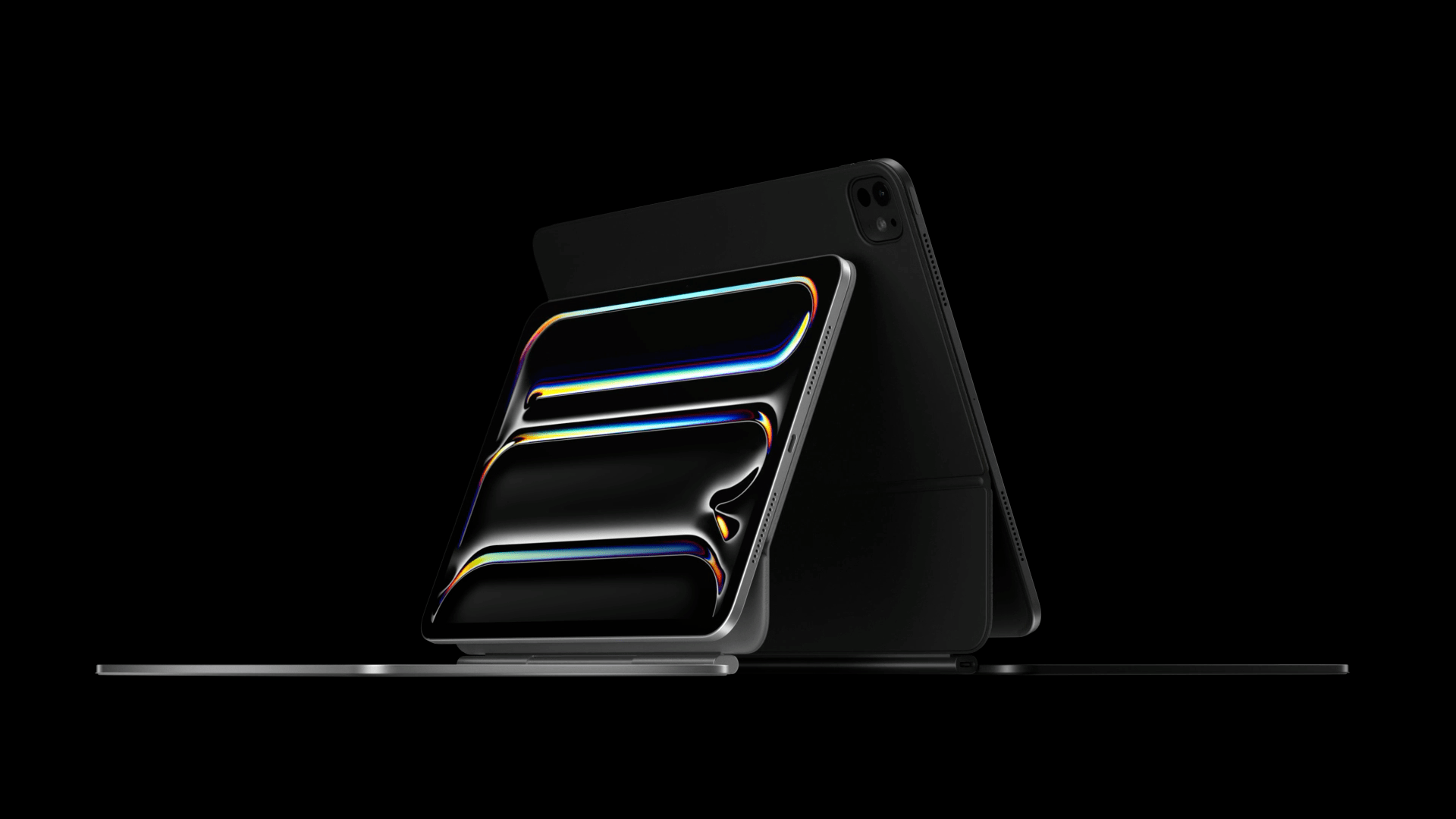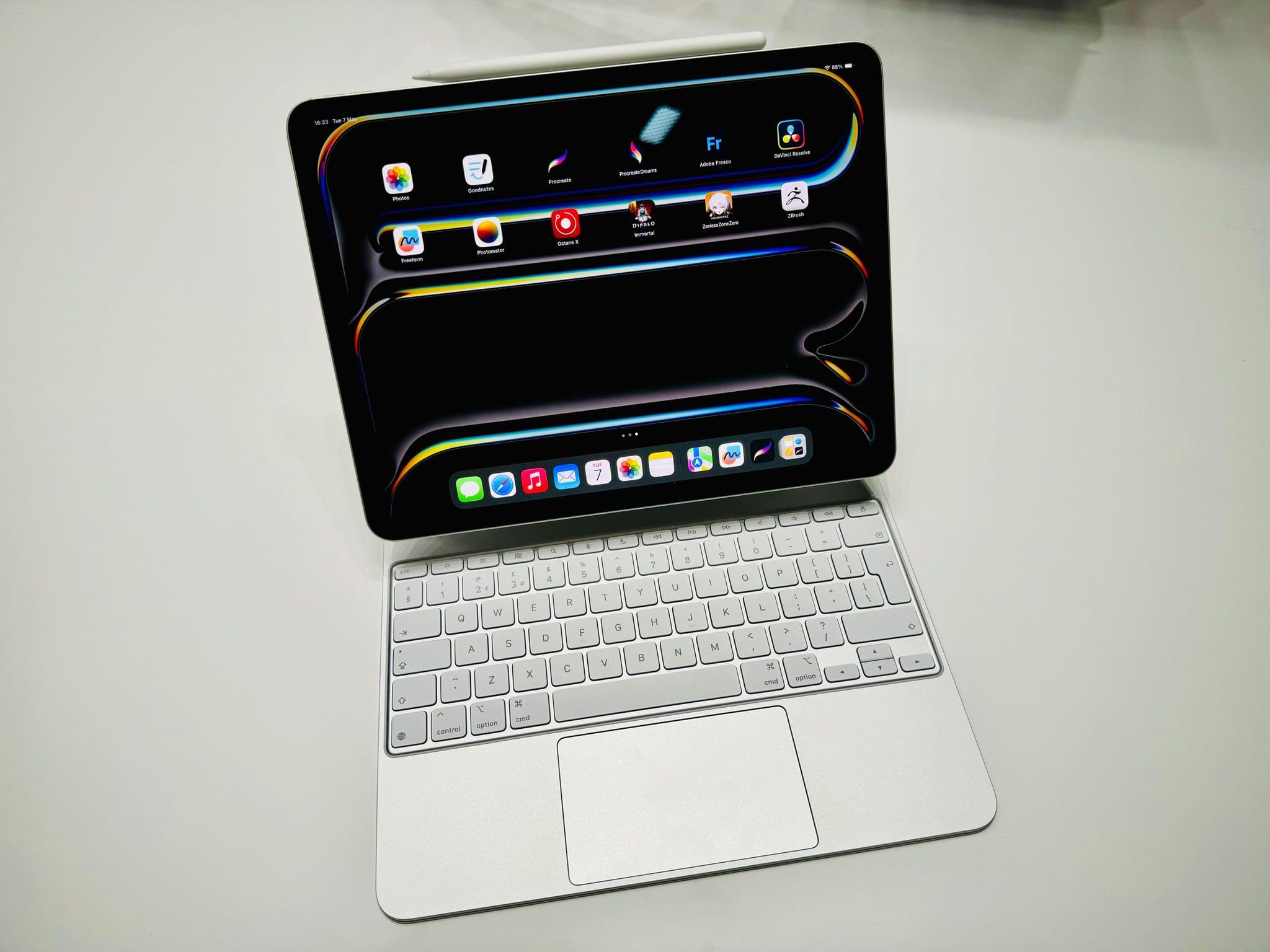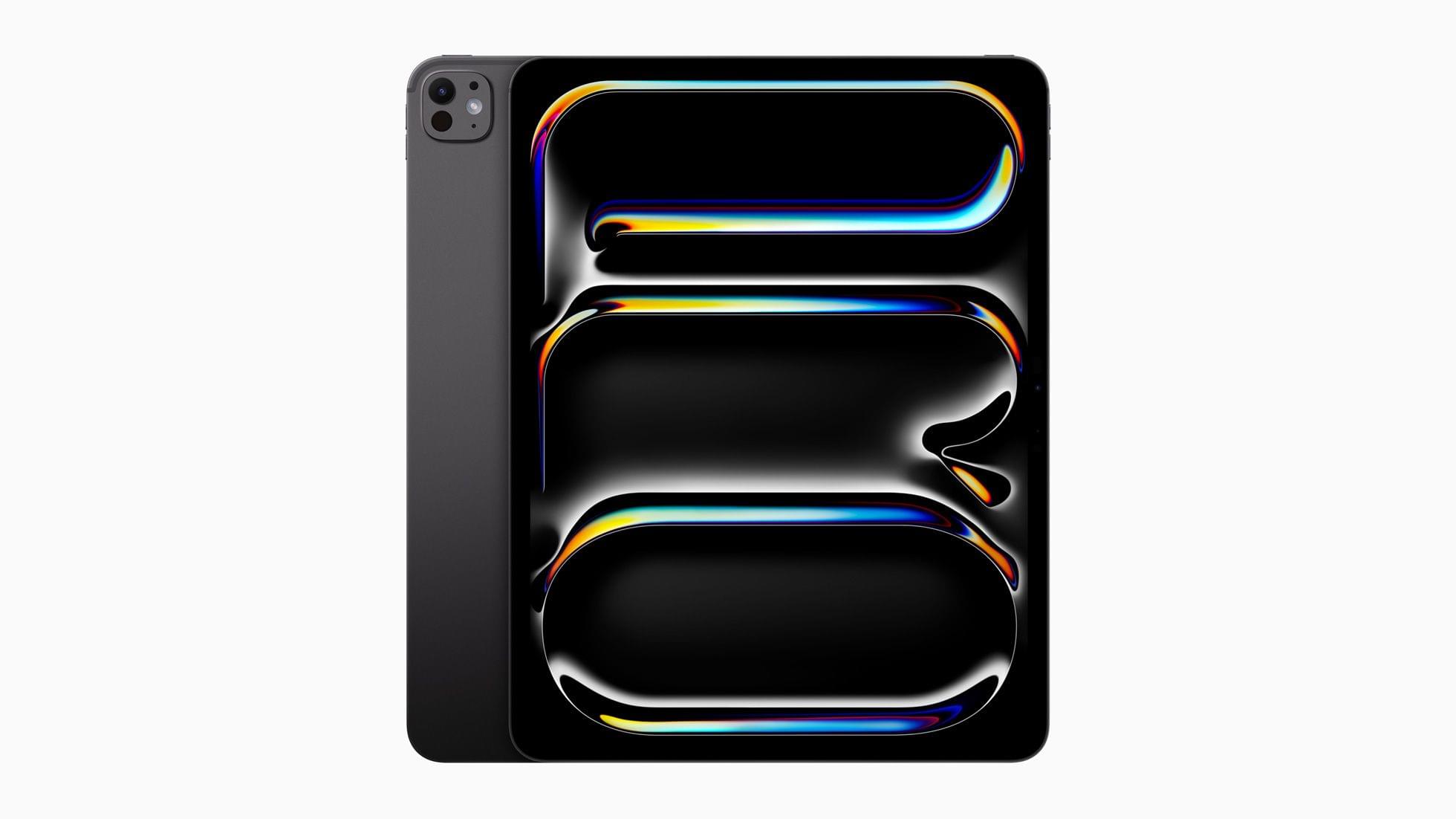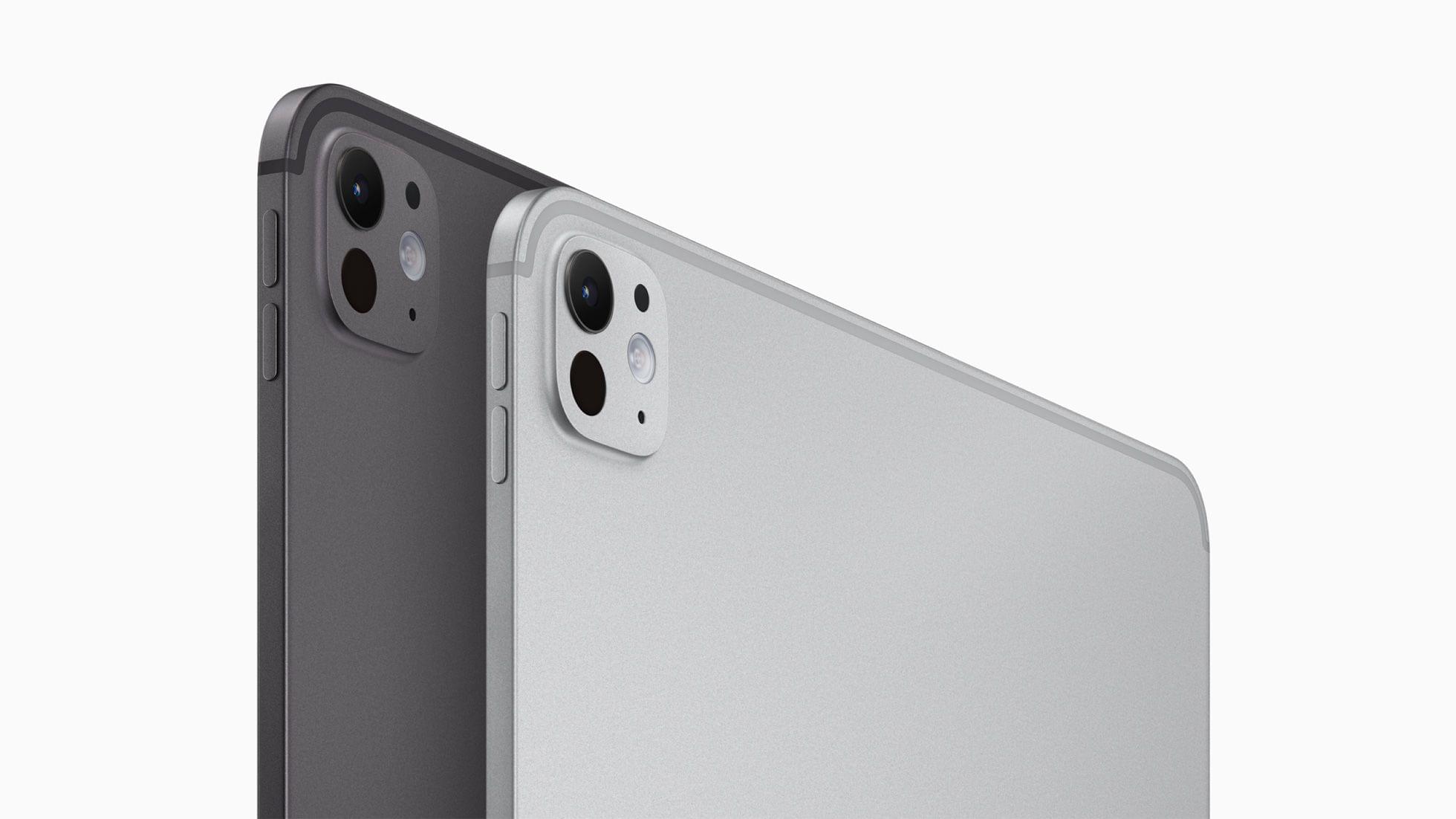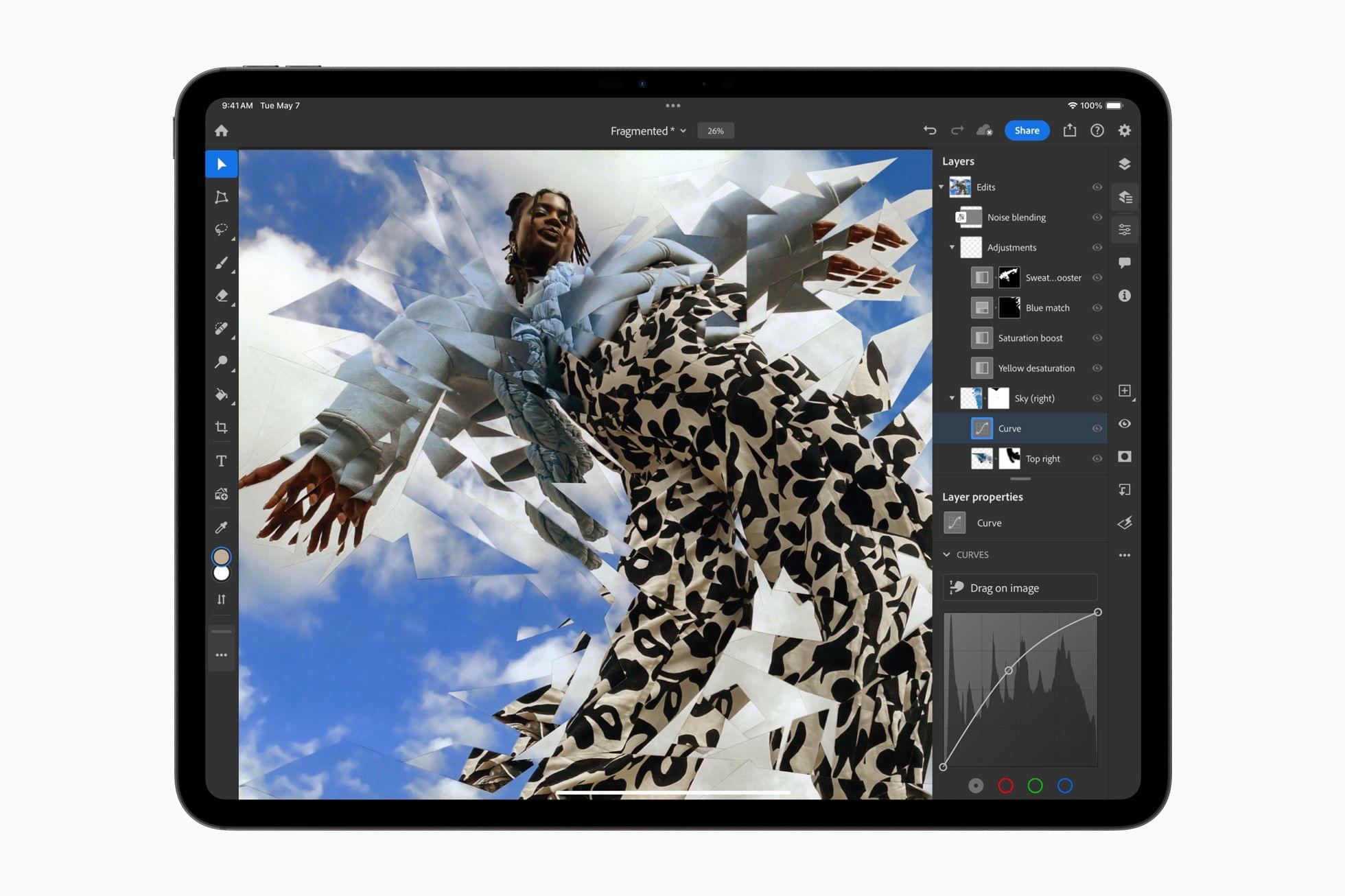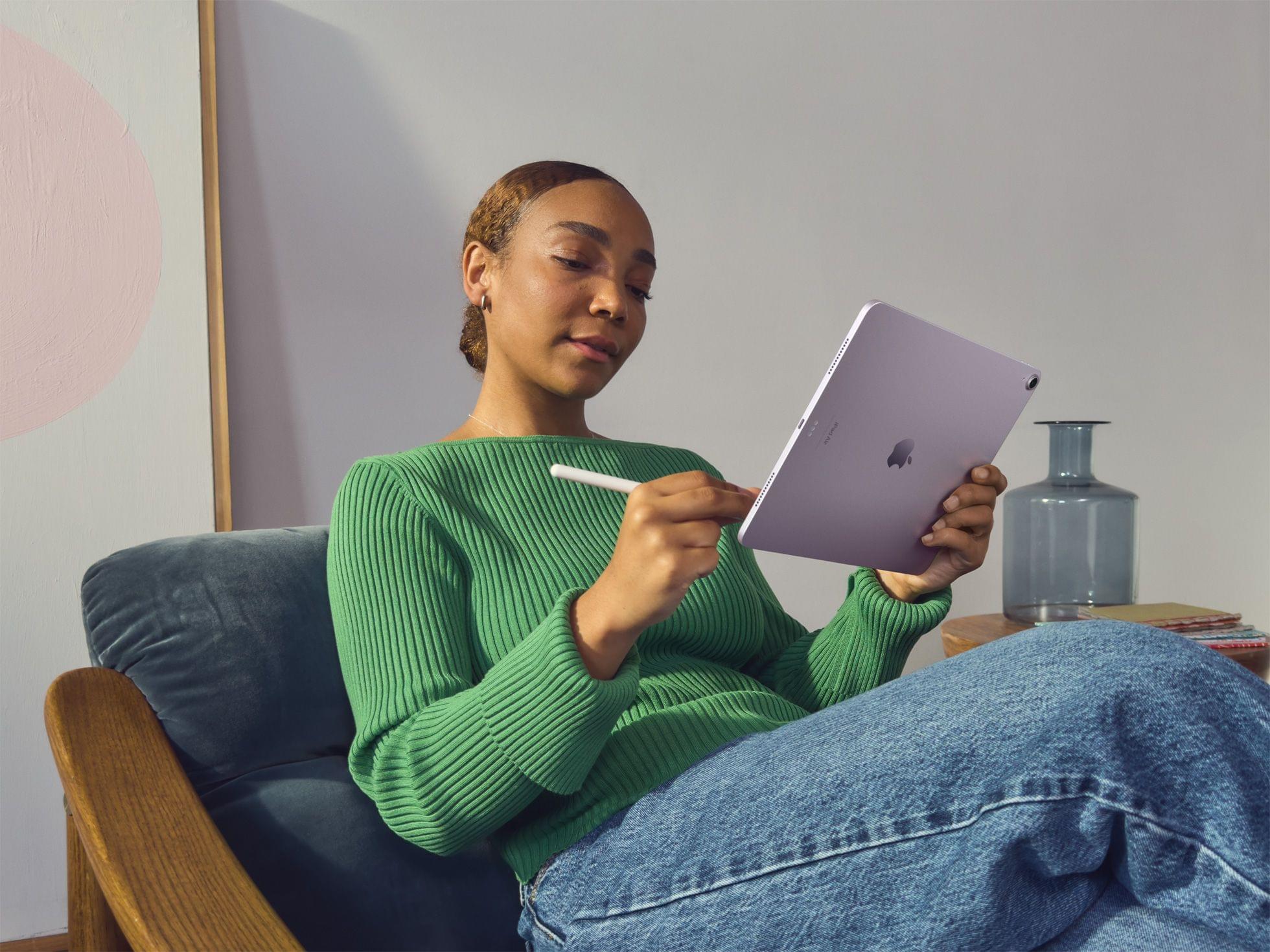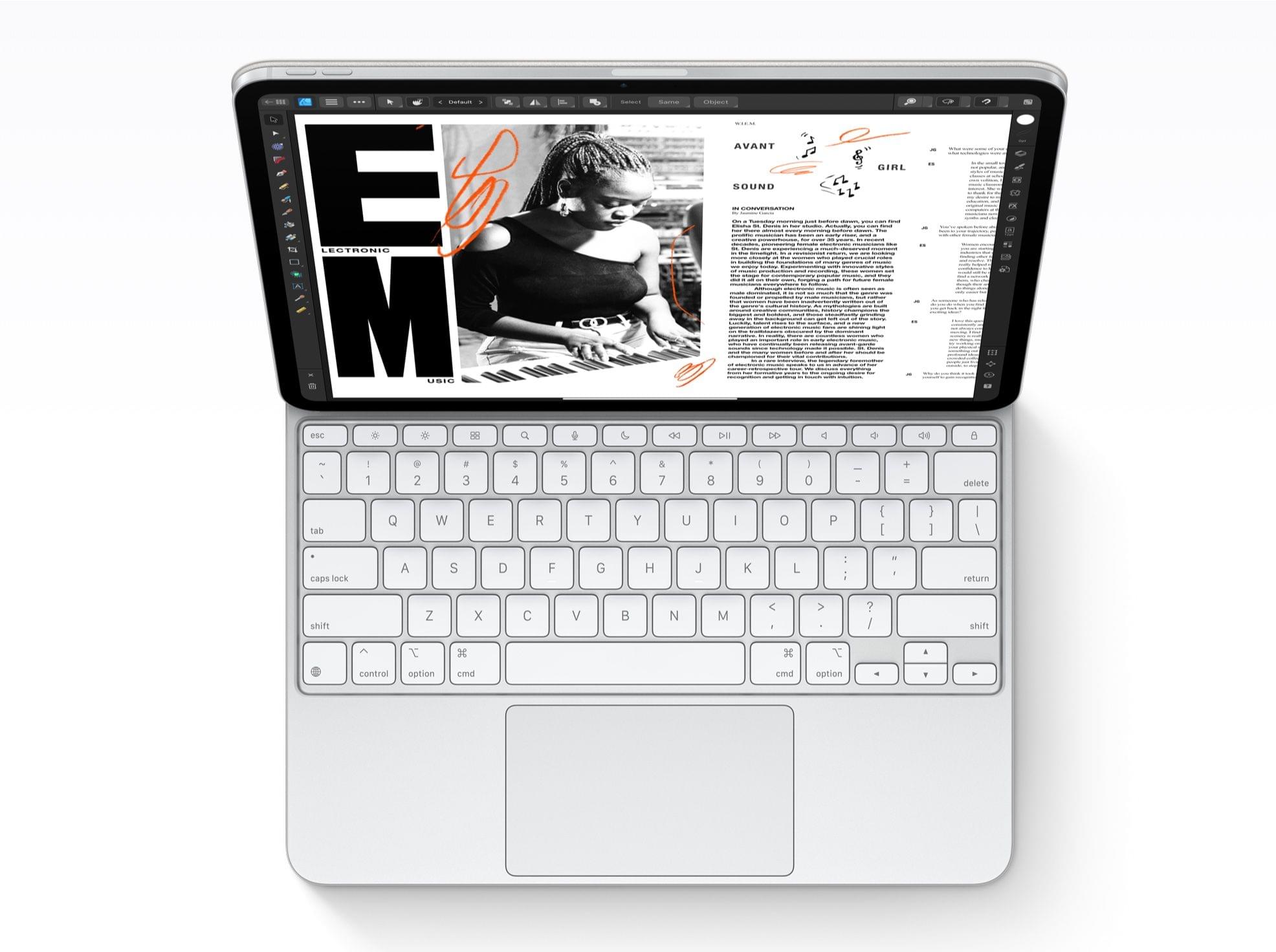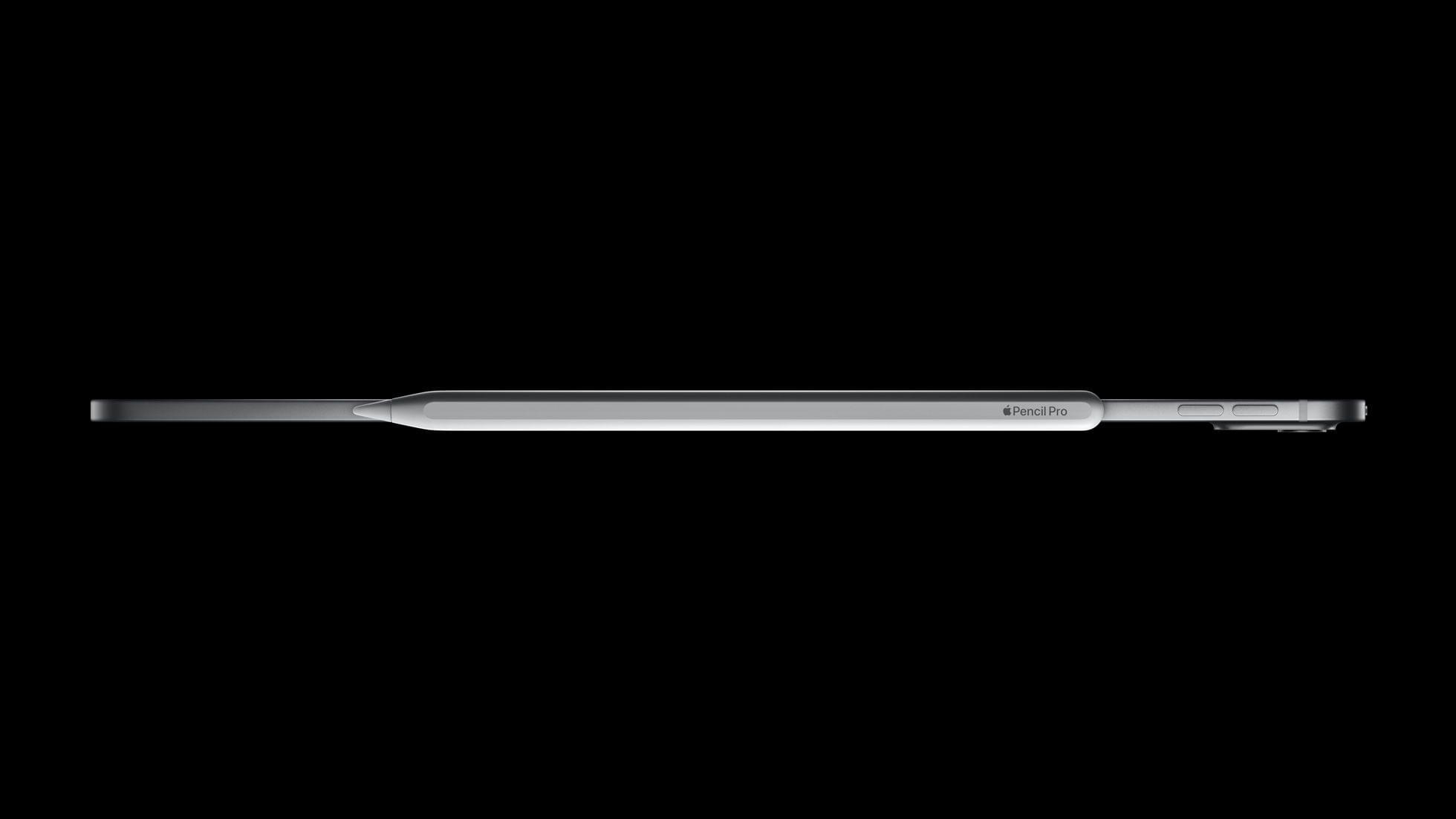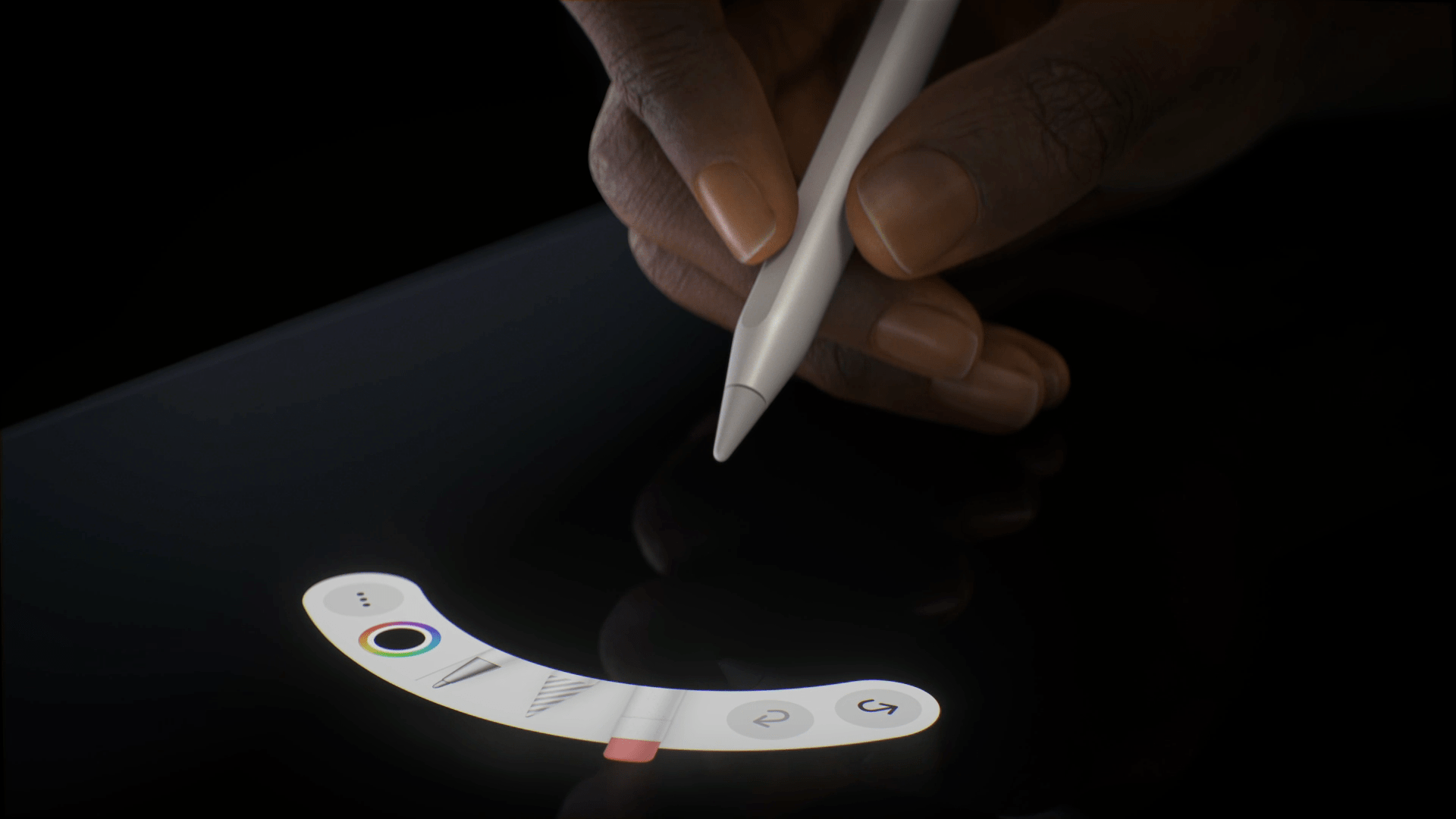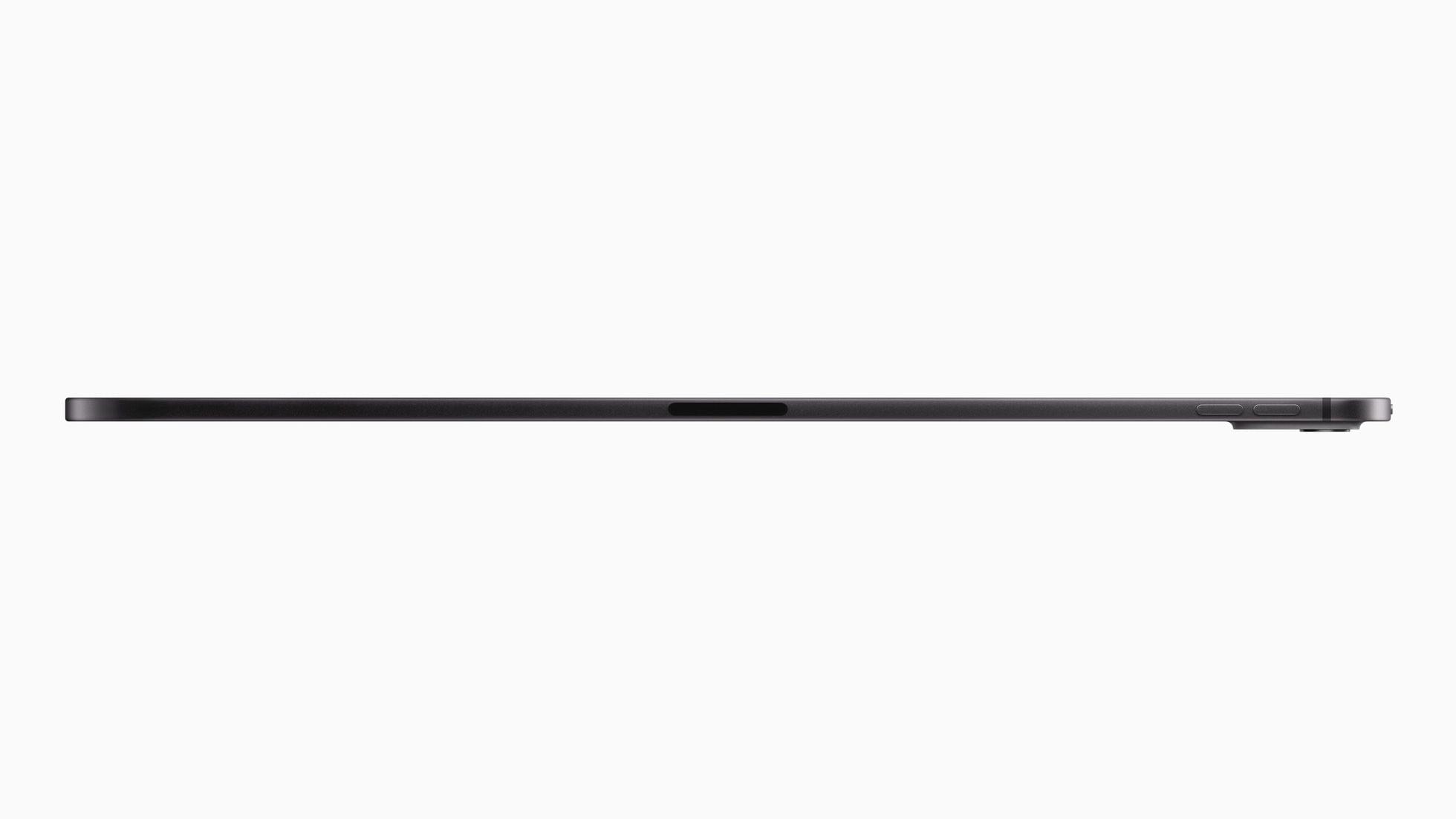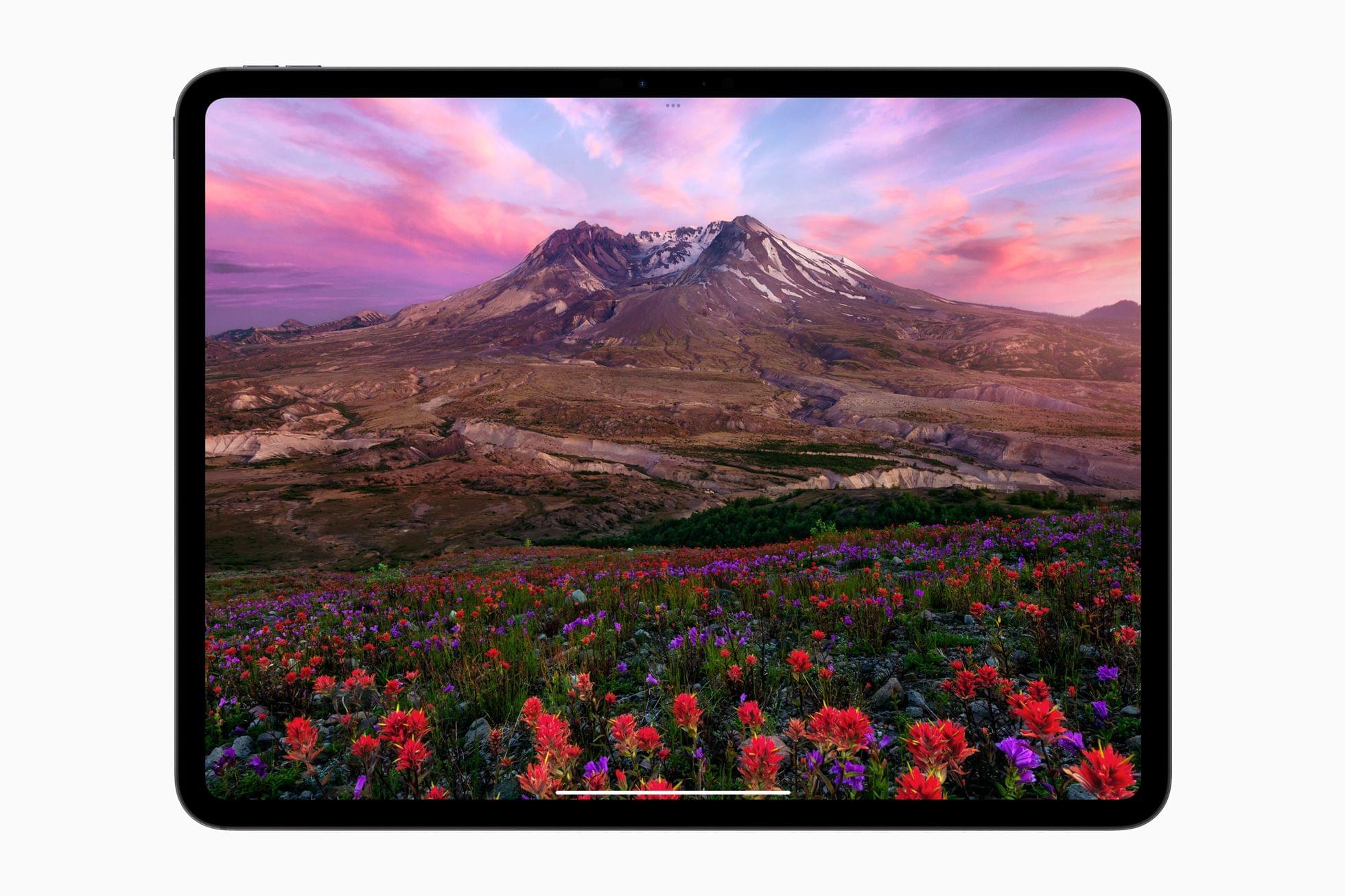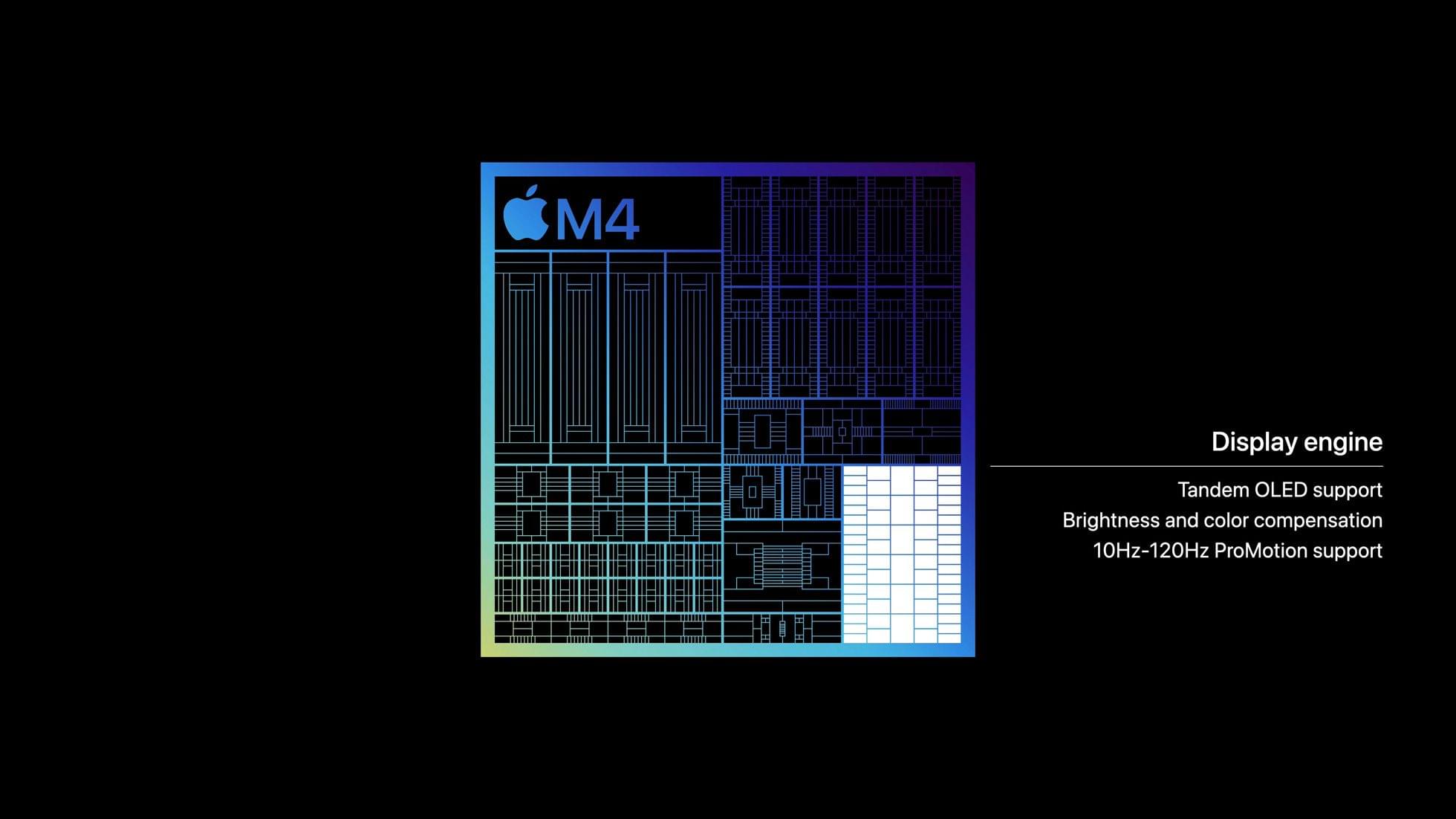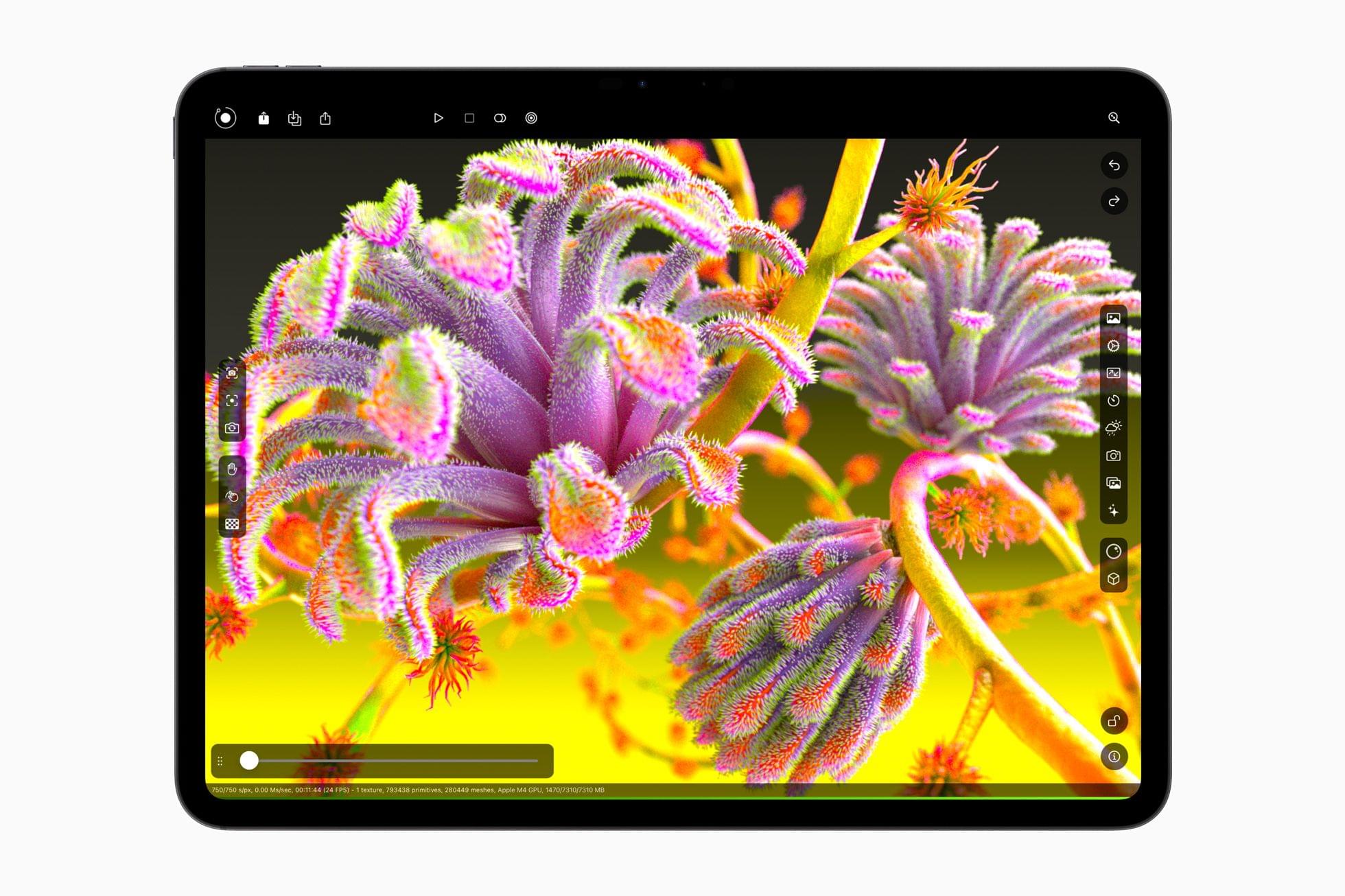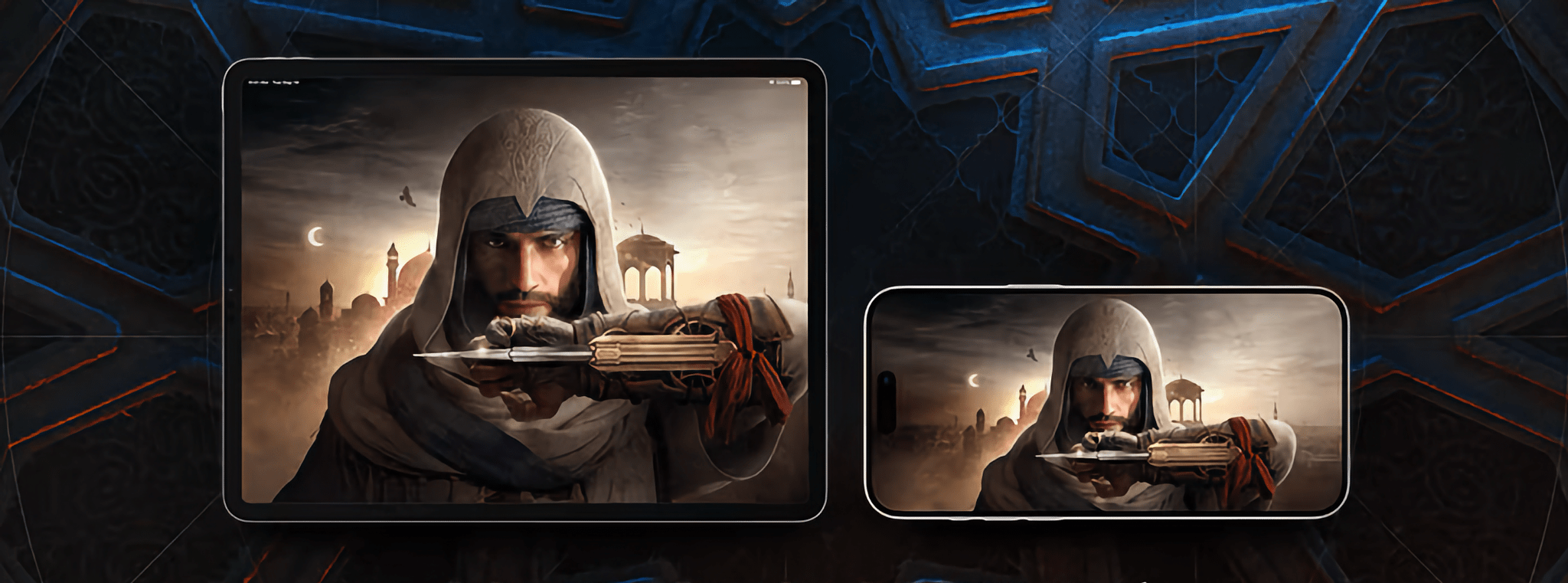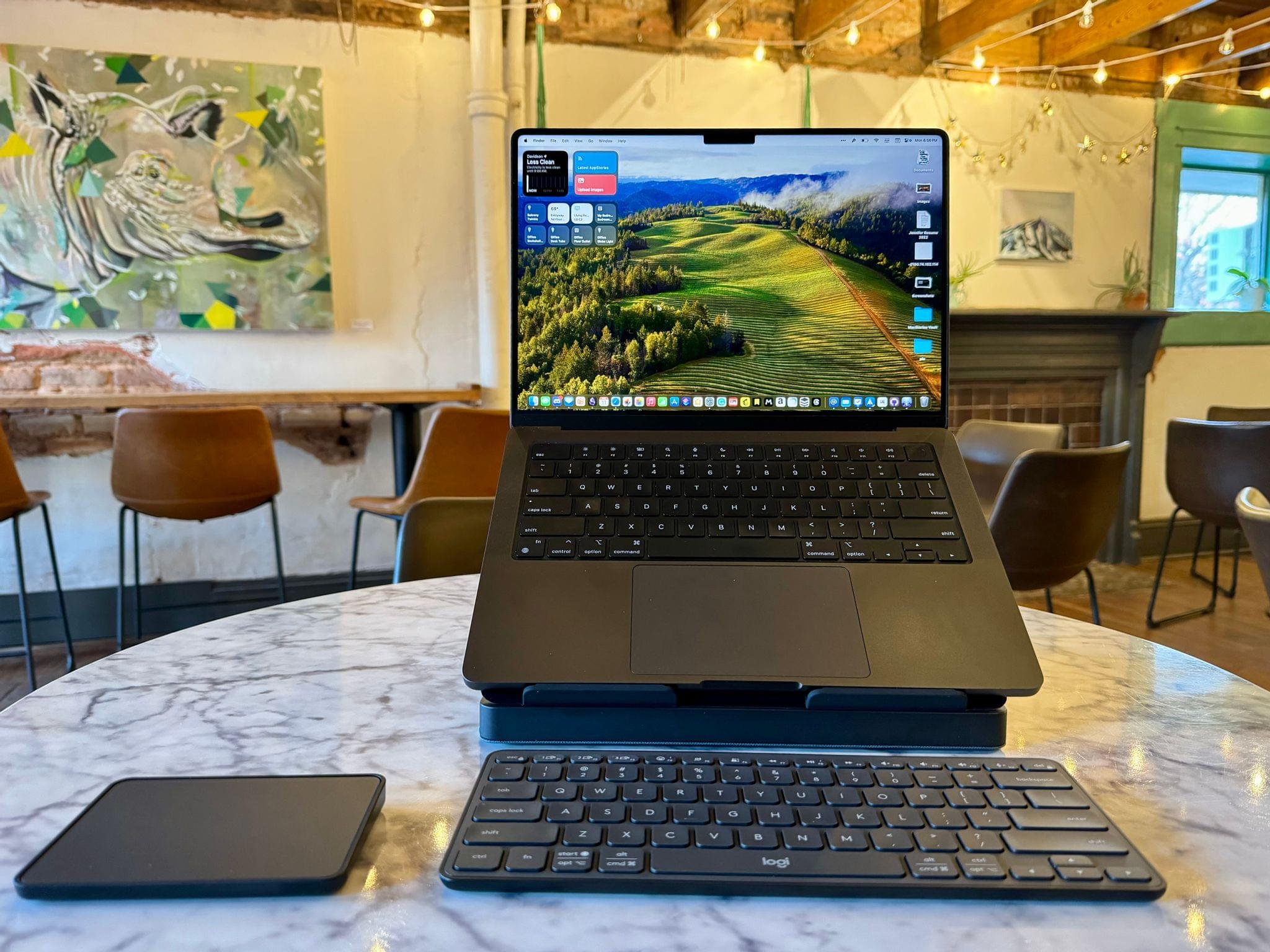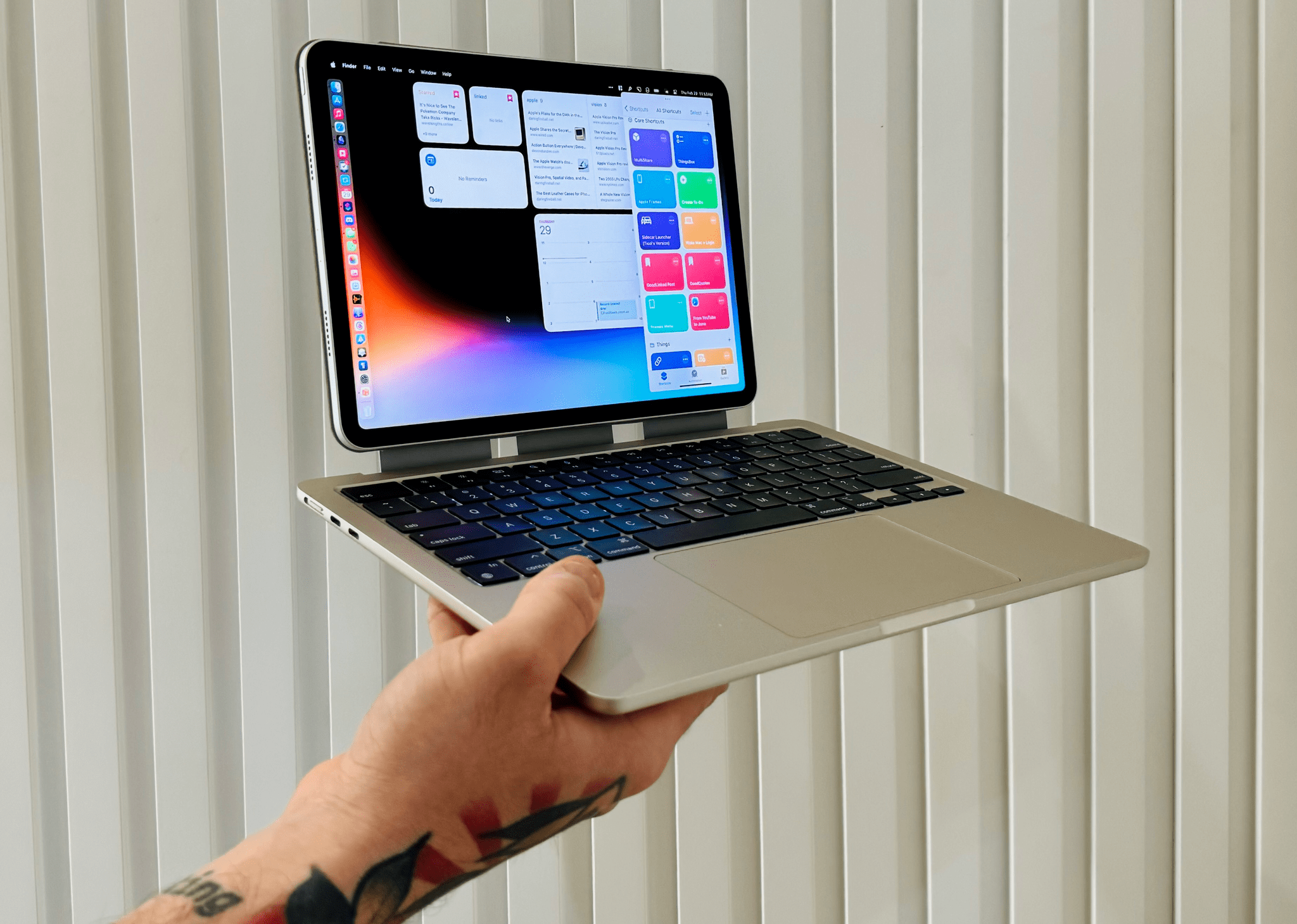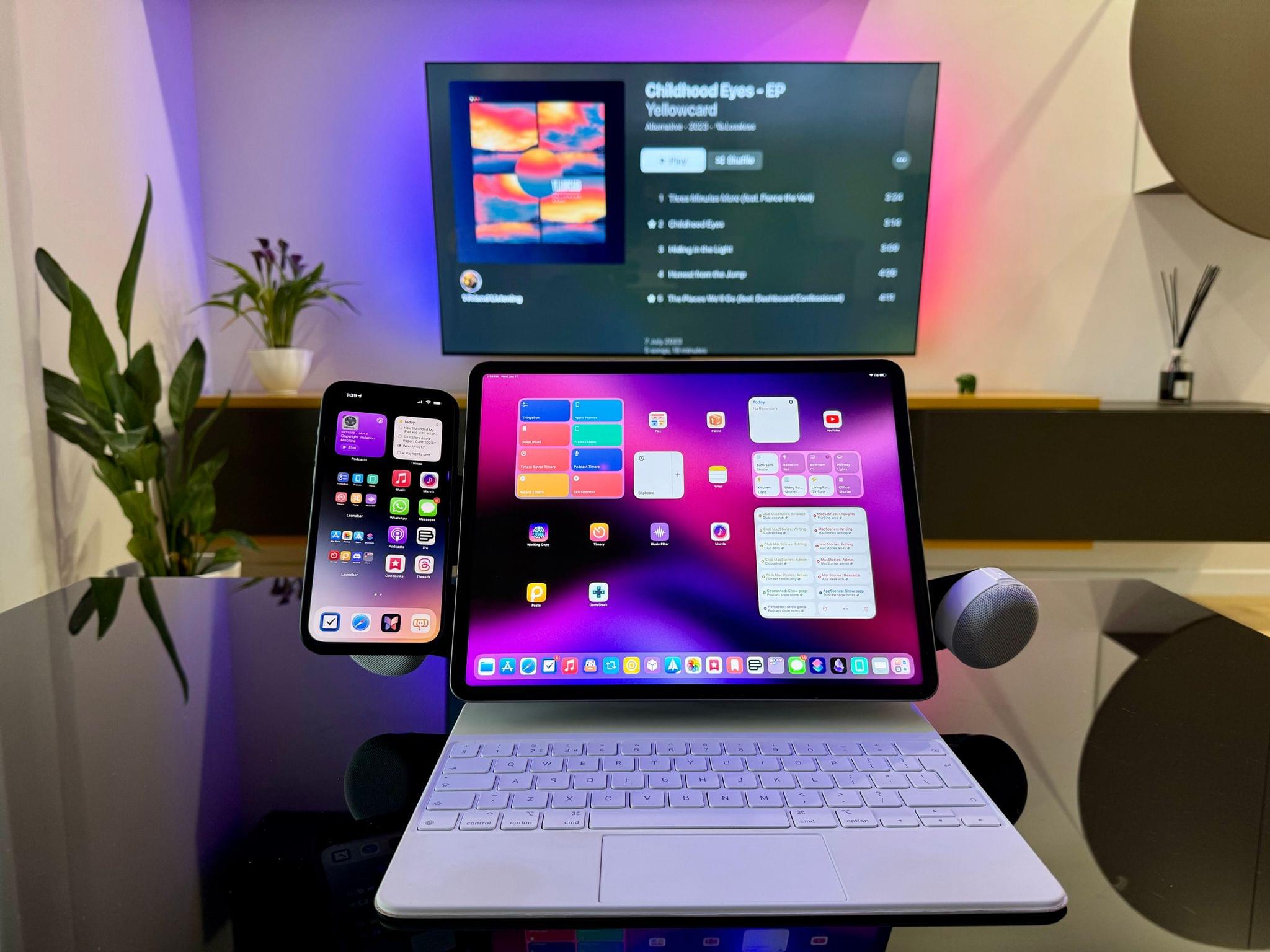Apple’s presentation moved fast yesterday, and since the event concluded, more details have emerged about everything announced. We’ve been combing Apple’s product pages, social media, and other sources to learn more about everything announced, which we’ve collected below:
- Chance Miller of 9to5Mac, reporting based on a memo sent to Apple Store employees that Apple will no longer include stickers in the boxes with the iPads introduced yesterday. Instead, retail stores will have a small number of stickers on hand for customers who ask for them.
- One of the first things I noticed in yesterday’s video presentation was that Tim Cook’s shoes were different somehow. The detail wasn’t enough to identify them from the streamed video, but it turns out that they were Nike Air Max 1 ‘86’s that were ‘Made on iPad,’ which was embroidered on the tongue of the shoes. Apple has published a Reel on Instagram showing the shoes sketched on an iPad.
- MacRumors reports that the new iPad Pros support lower refresh rates but not the iPhone Pro’s always-on feature. Nonetheless, the lower refresh rate support should help the iPad Pros extend battery life depending on how the iPad is used.
- As I first learned from MKBHD’s iPad Pro first impressions video, the new Magic Keyboard for iPad Pro includes a 60W USB-C charging port, which is a significant increase from the previous model.
- As Dan Moren explained on Six Colors, Apple appears to be binning the M4 chips in the new iPad Pro models with the 1TB and 2TB storage tiers sporting an additional performance core.
- The Verge reported that the new iPads have eliminated physical SIM cards in favor of eSIMs, which is likely a space-saving measure.
You can follow all of our May 2024 Apple event coverage through our May 2024 Apple event hub or subscribe to the dedicated May 2024 Apple event RSS feed.


